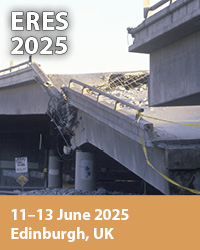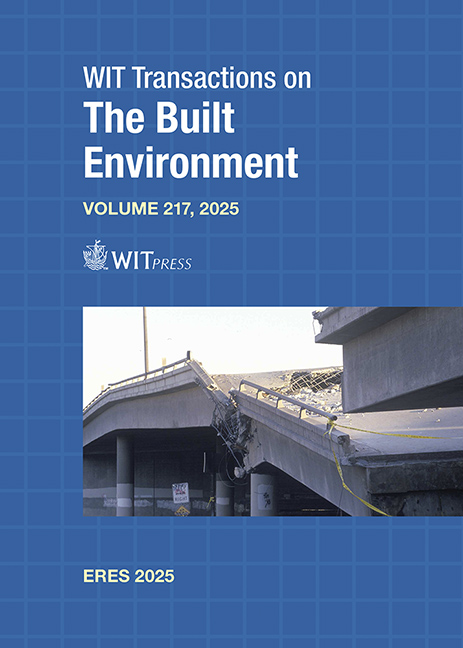SEISMIC BEHAVIOUR OF NON-PREQUALIFIED CONNECTIONS OF REDUCED SECTION BEAMS WITH COMPOSITE COLUMNS
Price
Free (open access)
Transaction
Volume
217
Pages
11
Page Range
47 - 57
Published
2025
Paper DOI
10.2495/ERES250051
Copyright
Author(s)
HUGO PILLAJO, LUIS ROMERA, ARTURO FONTÁN, RUTH GUTIÉRREZ
Abstract
Reduced beam section (RBS) connection is one of the pre-qualified systems used to ensure the formation of plastic hinges in earthquake-resistant frames. In the case of constructive systems used in buildings in Ecuador, it is common to use composite columns formed by two longitudinally welded steel U-sections filled with concrete and rigidly connected to steel I-beams using welding of webs and flanges. In order to ensure the formation of plastic hinges on the beam flanges at a safe distance from the column, the flange’s cross-sections are reduced by symmetrical circular cut-outs. This type of rigid connections does not form part of the pre-qualified joints, in which steel columns with double Tsections are connected with RBS I-beams so it is necessary to carry out experimental and numerical studies to ensure its ductility due to the high seismicity in the areas in which they are used. In this work we study experimentally and numerically one of the most common designs for beam–column connections used in Ecuador. The design has been calculated numerically against cyclic loads and tested experimentally at the Housing Research Centre of the National Polytechnic School in Quito, following the specifications of the American codes used in Ecuador. The numerical results obtained show a good correlation with the experimental tests in the initial load cycles, but for medium loads a shear fracture develops in the welds of continuity plates and the ductility requirements of the regulations are not fulfilled. Therefore, new designs are proposed in order to improve the seismic response of the connections.
Keywords
seismic design, ductility, reduced beam sections, beam–column connections





